by Mia Apr 17,2025
From dry deserts and bustling forests to blazing volcanoes and frozen tundra, the Monster Hunter series showcases a variety of environments, each boasting its own unique ecosystem crafted by a diverse array of monsters. The thrill of exploring an unknown world and traversing its landscapes while hunting is a hallmark of the Monster Hunter experience.
This sentiment rings true with Monster Hunter Wilds, the latest installment in the franchise. Following the Windward Plains and Scarlet Forest, hunters will venture into the harsh terrain of the Oilwell Basin, a region engulfed in flames and oilsilt. Navigating this area presents challenges with its viscous oil and molten magma, yet it's far from lifeless. Amidst the mire, small creatures can be seen wriggling, and remnants of an ancient civilization dot the landscape.
Yuya Tokuda, the director behind both Monster Hunter: World and Monster Hunter Wilds, shares insights on the Oilwell Basin:
"During the Fallow, the Oilwell Basin is characterized by mud and oil. When the Inclemency known as the Firespring arrives, it burns away the oilsilt, and during the Plenty, the burned oil and soot disappear, unveiling the minerals, microorganisms, and the original hues of the manmade artifacts beneath," he explains.
"Given the expansive horizontal locales of the Windward Plains and Scarlet Forest, we chose to design the Oilwell Basin as a vertically connected area," he states. "The environment shifts as you move through the top, middle, and bottom strata. Sunlight reaches the top where oil accumulates like mud, and as you descend, the temperature rises, revealing lava and other substances."
Tokuda adds, "From the middle to bottom strata, you'll encounter creatures reminiscent of aquatic life, evoking images of deep seas or underwater volcanoes. In World, we imagined what an ecosystem would look like if aquatic creatures lived on land, and we've applied that knowledge to craft the Oilwell Basin's creatures and ecosystem."
The Oilwell Basin transforms from a barren wasteland to a vibrant area during the Plenty. Fujioka wants players to appreciate this dramatic shift:"During the Fallow and Inclemency, smoke billows from the Oilwell Basin, resembling a volcano or hot spring. However, in the Plenty, it adopts a clear, marine-like ambiance. Observing the environmental biology closely reveals a region teeming with ocean bed-like creatures."
The Oilwell Basin's ecosystem is distinct, differing from other locales. While oilsilt may make it appear desolate, it hosts a variety of life, including shrimp, crabs, and small monsters that serve as raw meat sources. Large monsters prey on these smaller ones, which in turn filter microorganisms from the oilsilt and environment, while the microorganisms draw energy from the earth's heat. If the Windward Plains and Scarlet Forest thrive on sunlight and vegetation, the Oilwell Basin is a realm of geothermal energy.
The Oilwell Basin is home to unique large monsters. One such creature is Rompopolo, a globular, toxic monster with needle-like mouthparts. Fujioka shares the inspiration behind its design:
"We envisioned Rompopolo as a cunning swamp-dweller that disrupts players using stored toxic gas. The concept of a mad scientist influenced its tricky nature, which we reflected in its chemical purple hue and glowing red eyes. Yet, the equipment crafted from it is surprisingly charming, as is its Palico gear."
Tokuda describes the Rompopolo Palico equipment as "amusing," a sentiment I confirmed while trying it out. I encourage everyone to craft it and experience its charm firsthand.
Another newcomer to the Oilwell Basin is Ajarakan, a gorilla-like monster enveloped in flames, yet slimmer than the Scarlet Forest's Congalala.
In *this video*, we witness Rompopolo and Ajarakan vying for territory, with Ajarakan demonstrating its martial arts-inspired moves, including a bear hug on Rompopolo. Its fist-centric attacks give it a unique charm among fanged beasts.Tokuda explains the design philosophy behind Ajarakan:
"Typically, fanged beasts have low hips, positioning their heads at the hunter's eye level, which can diminish the perceived threat. We aimed to create a more imposing silhouette with Ajarakan, adding flame elements and wrestler-like grabbing attacks to emphasize its physical prowess. It's a monster that blends strength, physical attacks, and flames, such as its attack where it melts and throws objects."
Fujioka adds, "With a series of unique monsters, we wanted to introduce one with straightforward strengths, leading to Ajarakan. Its straightforward attacks, like punching or slamming the ground to create flames, make it a monster that's strong through simplicity."
Ajarakan holds a high position in the Oilwell Basin's ecosystem, its flashy flame and magma attacks highlighting its dominance over Rompopolo's use of poison gas and oilsilt.Fujioka shares more about Ajarakan's design evolution:
"Initially, it was just a physically powerful monster. We discussed adding more personality, leveraging its fiery environment. We didn't want it to simply breathe fire but to wear flames like the Buddhist deity Acala. This concept led to Ajarakan's ability to melt anything in its path with its rising internal temperature, adding depth to its character. We wanted players to dread being hugged by such a hot creature, making it seem terrifying by melting everything around it."
Despite Rompopolo's trickiness, Ajarakan's design focuses on straightforward power. Fujioka notes that to avoid repetitive movements, the team continually added more dynamic and flashy techniques as development progressed:
"We kept adding interesting techniques, like it jumping into the air, curling into a ball, and crashing down."Dominating the Oilwell Basin's ecosystem as its apex predator is Nu Udra, a tentacled monster coated in flammable oil, which we can now officially name. Much like the Windward Plains' Rey Dau controls lightning and the Scarlet Forest's Uth Duna envelops itself in water, Nu Udra cloaks itself in flames. The developers emphasize that apex predators in Wilds are designed with their region's element in mind. The concept of an octopus in a scorching environment may seem unusual, yet Fujioka confirms:
"Yes, it was inspired by octopuses. We aimed for a striking silhouette when it rises, adding what look like demonic horns, yet keeping its face ambiguous."
Tokuda mentions that the music accompanying Nu Udra battles reflects its demonic theme:"We included phrases and instruments reminiscent of black magic, resulting in a unique and fitting piece of music."
Nu Udra's tentacle movements echo those of past monsters like Lagiacrus from Monster Hunter Tri. Both Tokuda and Fujioka had long envisioned a tentacled monster:
"In Tri, I proposed an octopus-shaped monster for underwater combat, focusing on its distinctive movements. While technical challenges prevented its realization then, I've held onto that idea ever since."
Fujioka reflects on the influence of previous tentacled monsters like Yama Tsukami and Nakarkos:"We're drawn to monsters with unique movements for their standout moments. While too many can overwhelm players, introducing one at the right time leaves a strong impression, much like encountering Yama Tsukami floating over the mountains in Monster Hunter 2 (Dos)."
Tokuda, reminiscing, adds, "I placed Yama Tsukami there. Although technology limited its actions, we wanted it to make an impact."
The realization of Nu Udra represents a significant achievement for both Tokuda and Fujioka, showcasing their dedication to monster design:"While Yama Tsukami and Nakarkos were static tentacled monsters, Nu Udra utilizes its cephalopod traits to move freely, introducing new gameplay possibilities."
Fujioka elaborates on the technical challenges:
"Controlling a tentacled monster in relation to terrain and targets posed significant challenges. However, the technical team's successful tests during Wilds' development allowed us to bring this vision to life."
Tokuda adds, "Seeing those tests inspired us to make Nu Udra the apex predator of the Oilwell Basin. It's a testament to the monster's impact."Fujioka expresses satisfaction with the detailed work on Nu Udra's animations:
"We pushed the boundaries with Nu Udra's flexible body. We challenge ourselves with ambitious ideas, which, though demanding, result in stunning visuals when realized."
The team's use of new technologies reflects their ongoing quest to bring their accumulated ideas to life:
"An animator excitedly showed me Nu Udra entering its nest through a hole, and I was genuinely impressed. It's a testament to our team's dedication."Fujioka proudly notes the real-time depiction of Nu Udra's movements:
"It's a crystallization of our team's efforts, showcasing what only games can do in real-time."
Facing Nu Udra presents a unique challenge due to its flexible and ever-changing body. When I engage it, breaking a tentacle part becomes a thrilling yet daunting task, as the severed tip continues to thrash. Tokuda explains the mechanics:
"You can sever many tentacles. The parts that touch the ground can be cut off, and while they move initially, they eventually rot. Carving rotten parts yields less valuable materials. The same applies to other monsters' breakable parts like tails."Nu Udra's attacks are designed with a unique tempo, combining focused and area-of-effect strikes. Tokuda details this approach:
"We wanted it to seem like a barrage of attacks. Its sensory organs at the tentacle tips emit light to indicate its targets, especially useful in multiplayer hunts."
Nu Udra's attacks, like slamming its tentacles, are signaled by light from its sensory organs. However, being blind, Flash Bombs have no effect on it.
Tokuda offers strategies for defeating Nu Udra:"Its body is soft with many breakable parts. Hunters should strategize their attacks. Severing tentacles reduces its area-of-effect attacks, making it easier to maneuver. It's well-suited for multiplayer, where targets are split. Using SOS flares and Support Hunters can enhance the experience."
Fujioka adds, "Destroying its parts is akin to an action game mechanic, similar to Gravios, where breaking its armor reveals a way to defeat it. Observing a monster's movements and making strategic decisions align perfectly with Monster Hunter's core gameplay."
Fujioka mentions Gravios, a monster returning to the series since Monster Hunter Generations Ultimate, fitting perfectly into the Oilwell Basin with its rocky carapace and hot gas emissions.
Tokuda explains the decision to bring back Gravios:"We considered monsters that fit the Oilwell Basin's environment and the game's progression. Gravios offered a fresh challenge, prompting its return."
The revamped Gravios is even harder than before, its presence overwhelming amidst the Oilwell Basin's other monsters. Successfully attacking its carapace allows for Focus Strikes.
Tokuda elaborates on the design considerations:
"We wanted to maintain Gravios' signature hardness while making it a late-game challenge. Hunters discover more ways to defeat it by utilizing the wound system and part breaking."
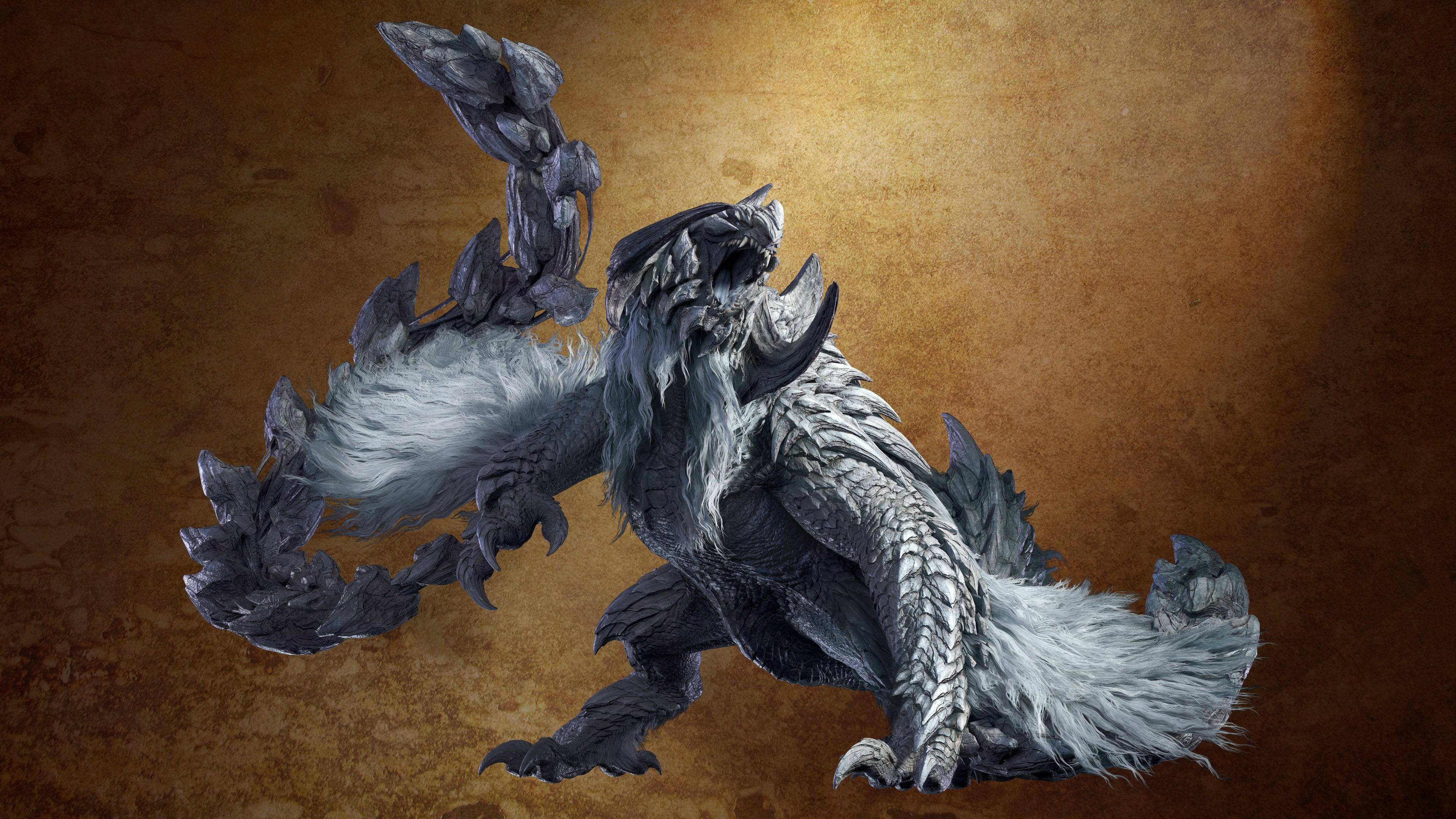
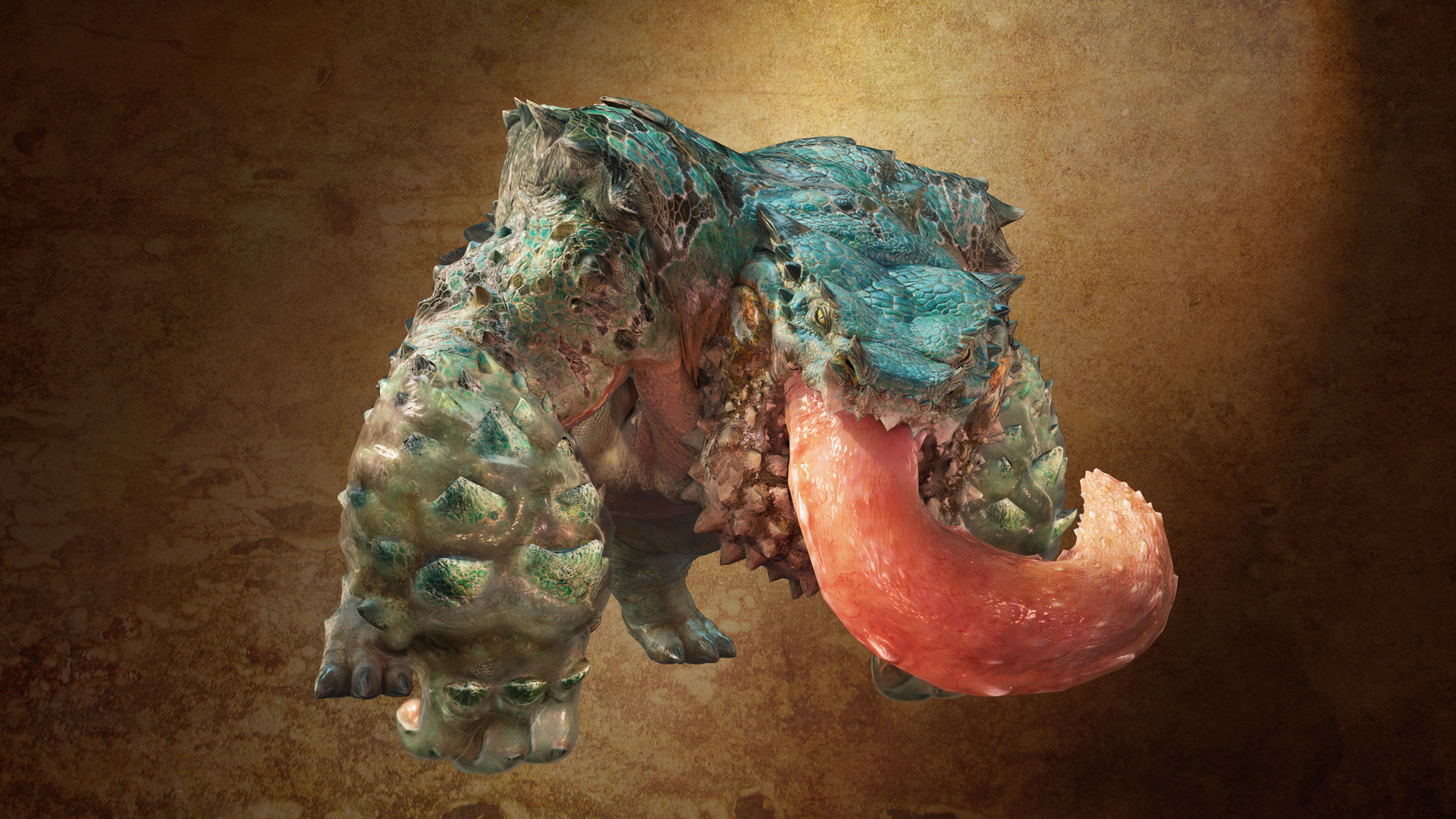 17 Images
17 Images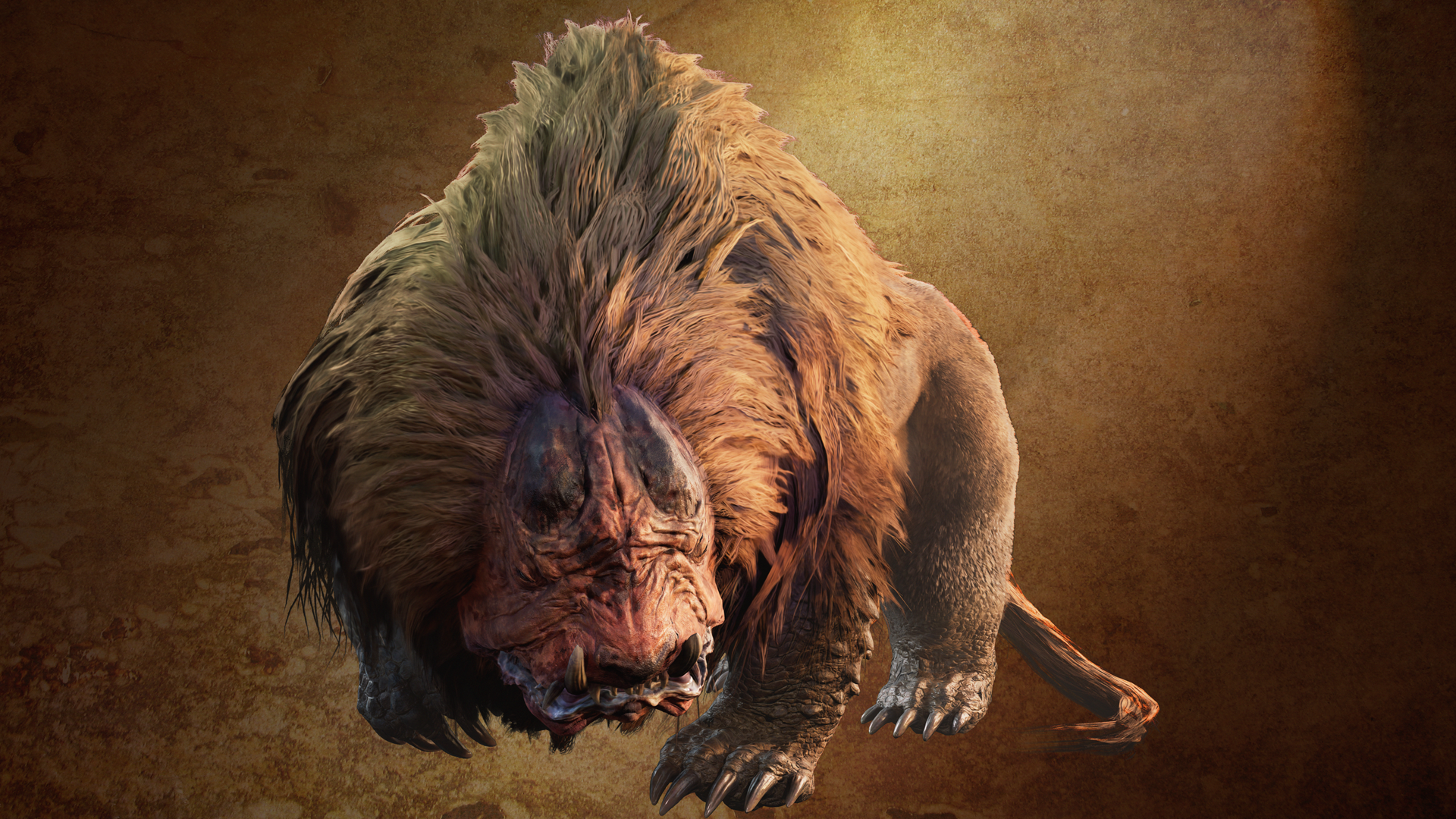
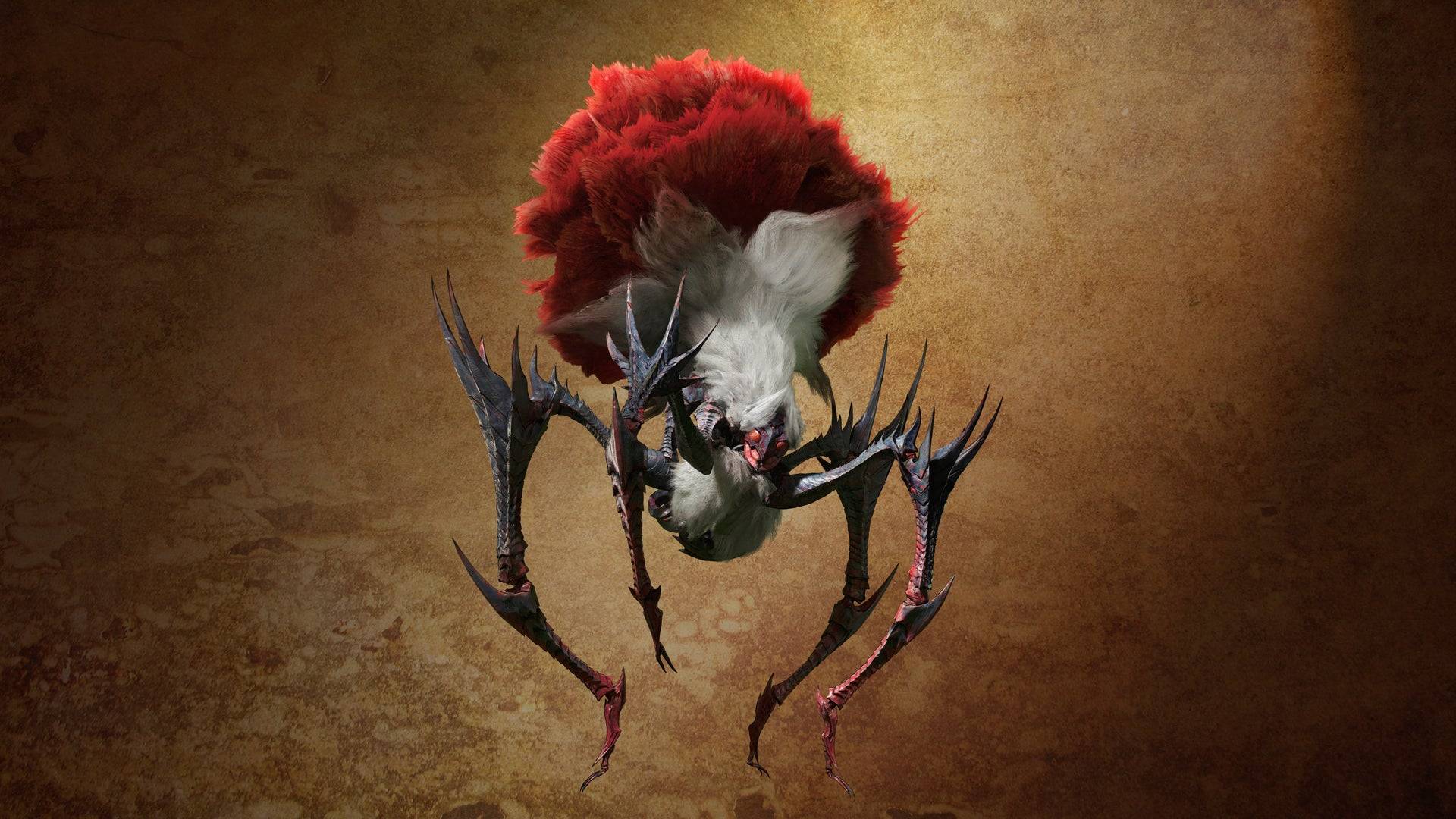
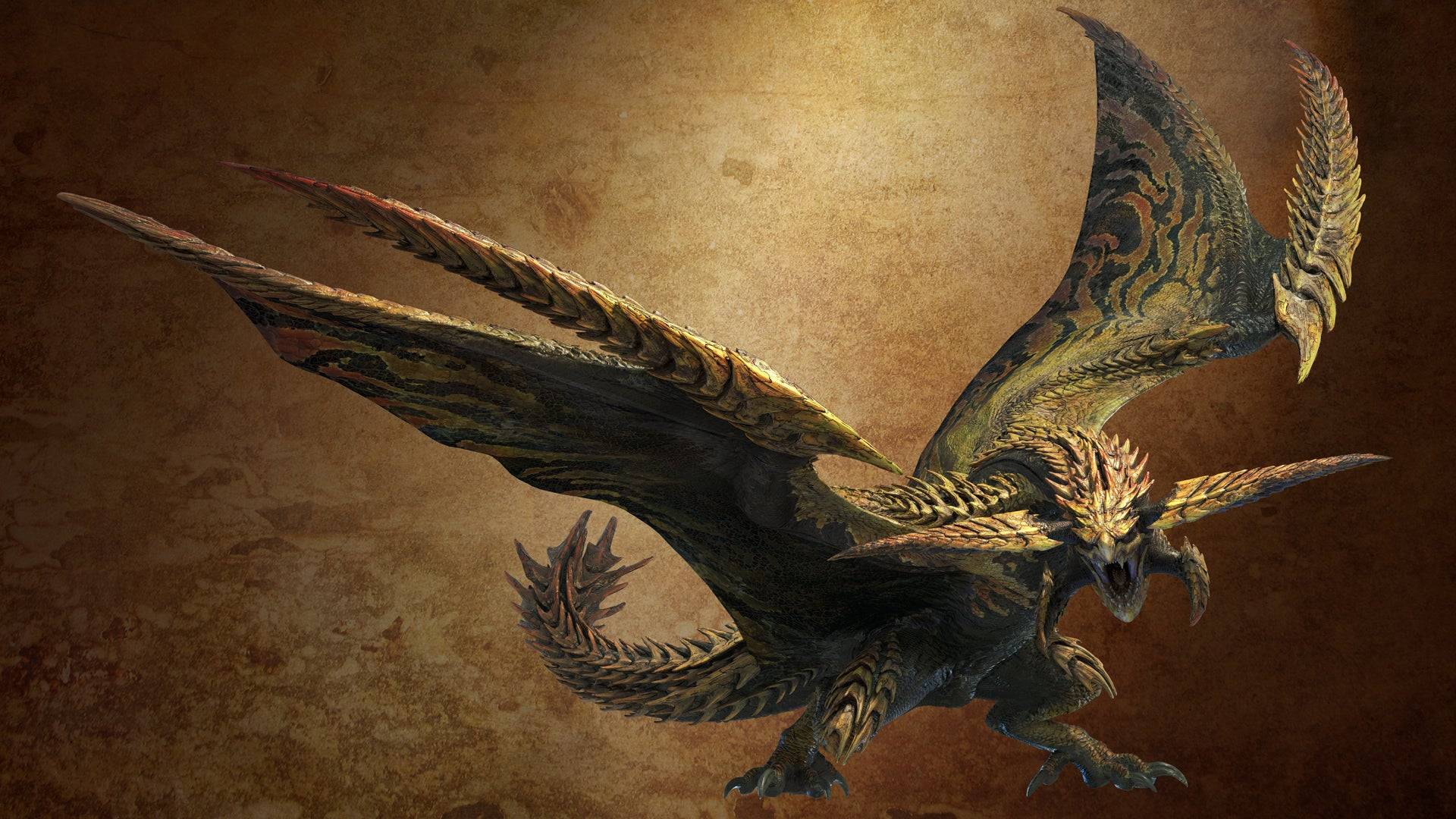
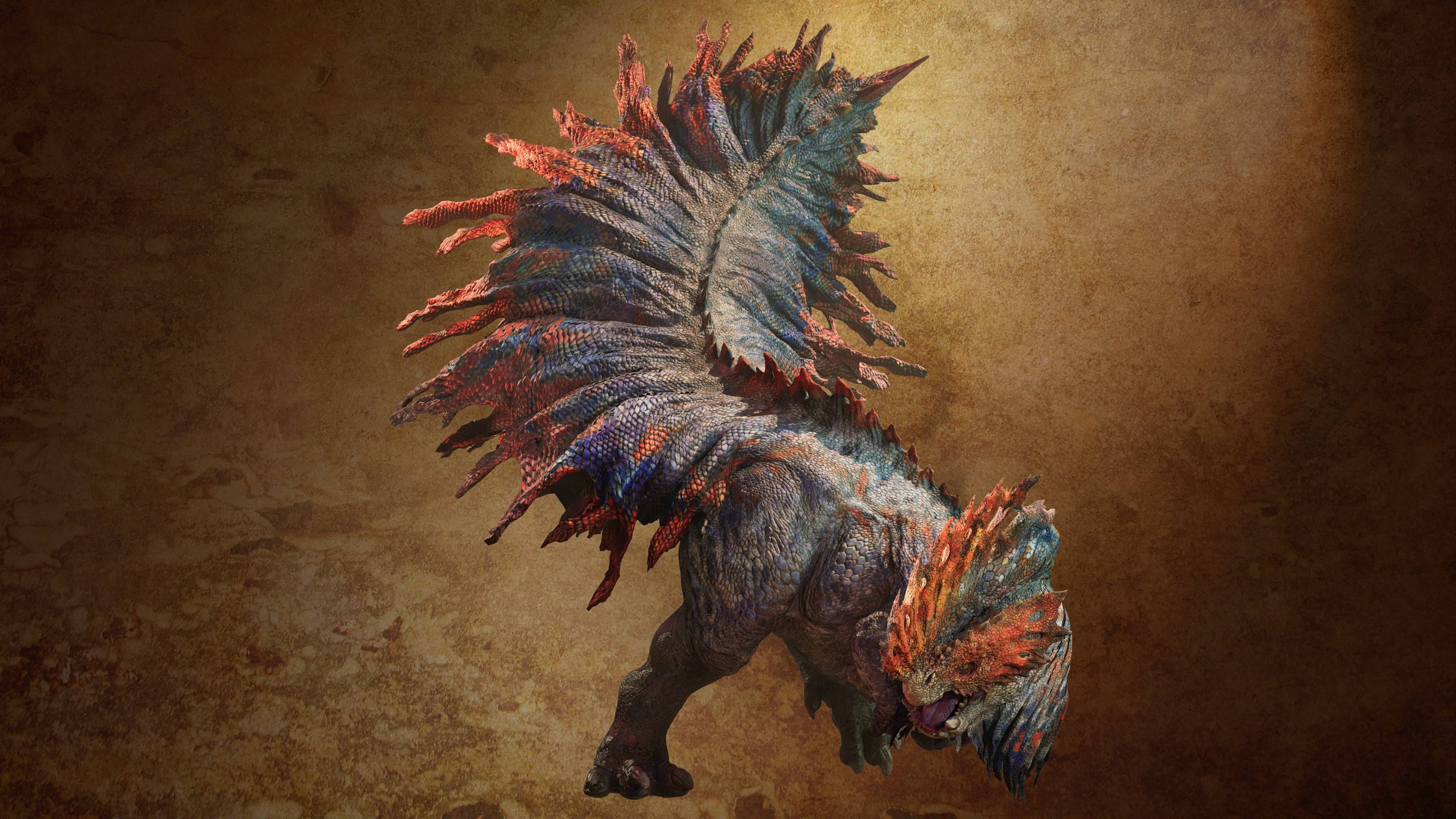 While Gravios returns, its juvenile form, Basarios, will not appear in Wilds. Fujioka explains:
While Gravios returns, its juvenile form, Basarios, will not appear in Wilds. Fujioka explains:
"Basarios will sit this one out. We carefully select returning monsters to ensure they fit the game's design."
Despite Basarios' absence, numerous other monsters will inhabit the Oilwell Basin, adding to the excitement of future hunts. I eagerly anticipate exploring this area, Cool Drink in hand.
Zenless Zone Zero Update Cycle Leak Hints at Future Content cadence
All Mavuika Materials, Kit, and Constellations in Genshin Impact
Counterfeit Bank Simulator: Minting Solution for Economic Crises
Marvel Rivals: Season 1 Dracula Explained
Best Xbox Game Pass Games For Kids (January 2025)
Solo Leveling: Global Tournament Draws Near
Power Rangers: Uncover Hidden Secrets in Rita's Carnival and Cemetery
Roblox: Anime Auras RNG Codes (January 2025)
Konami Celebrates Silent Hill 2 Remake Milestone of 2 Million Sales
Dec 21,2025
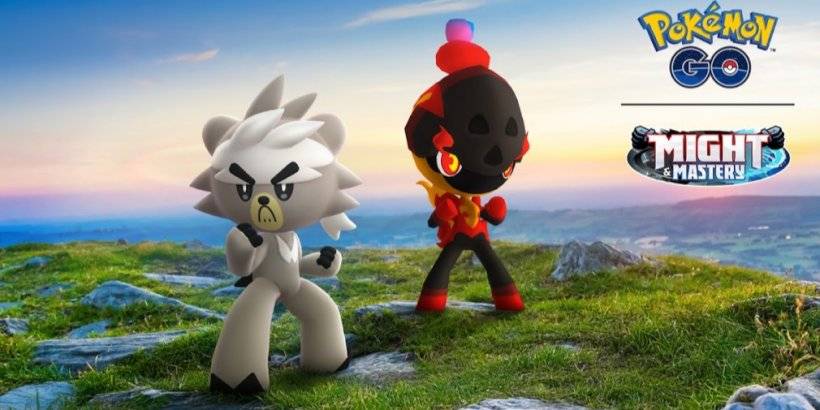
"Pokémon Go Launches Might & Mastery Season Tomorrow"
Dec 21,2025

Top Eleven 2026 Launches with Campus, Stadium & Fans
Dec 21,2025
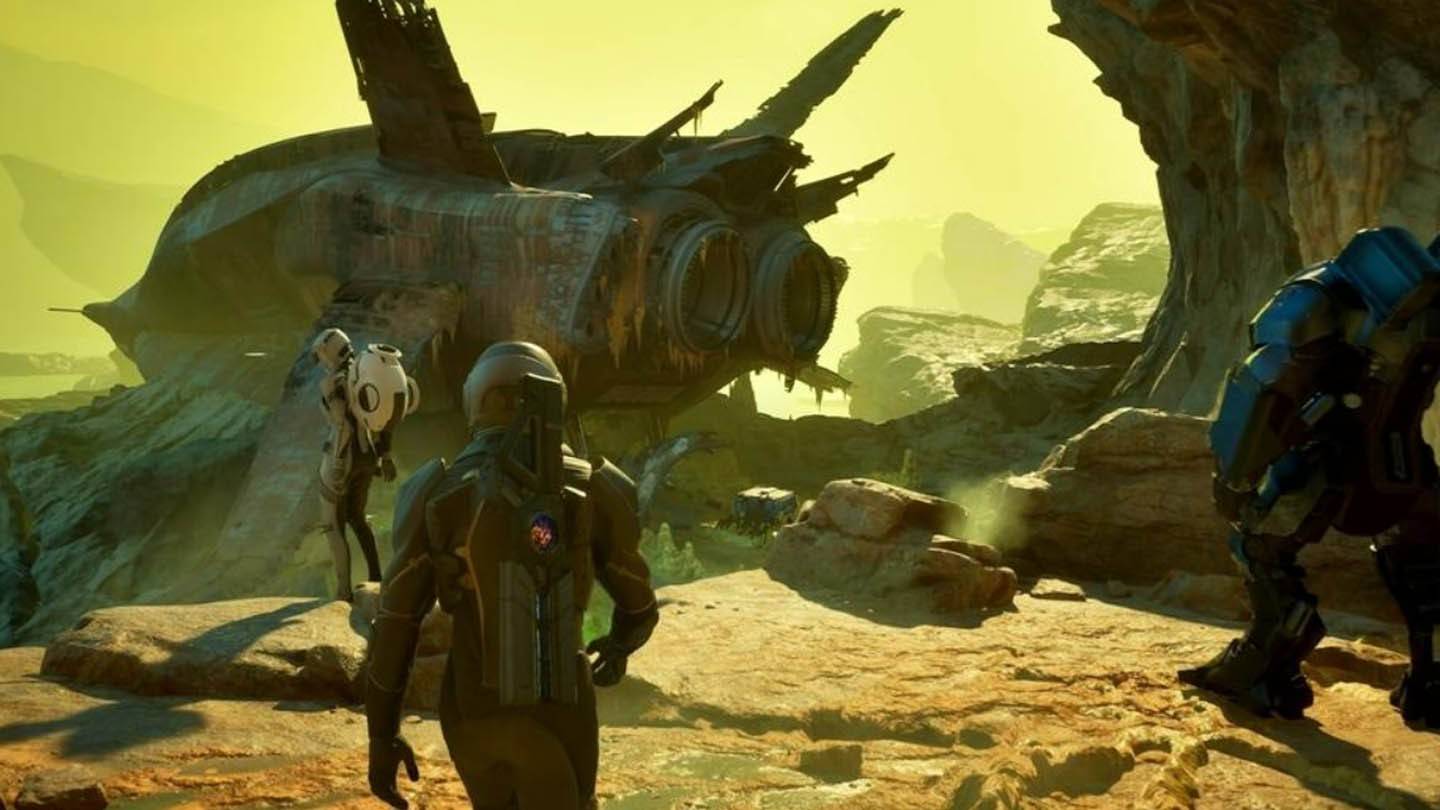
Mass Effect Fans Must See Exodus
Dec 19,2025

Will Smith Declined Inception Role with Nolan
Dec 19,2025